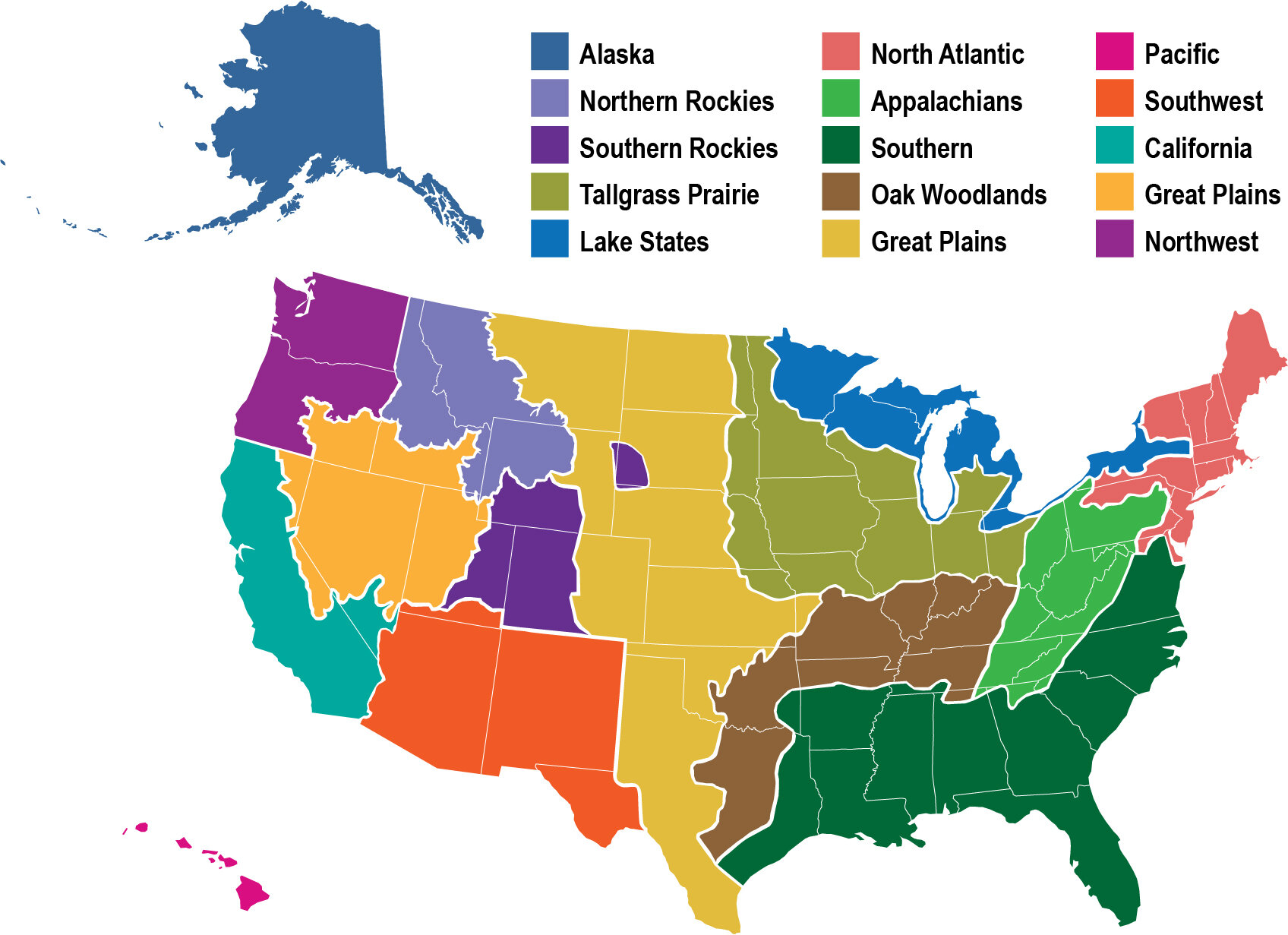Educating homeowners about wildfire: Research Brief
/McCaffrey (2004) investigated what types of information are most useful to increase public support concerning defensible space, prescribed burning, and thinning activities.
View Research Brief PDF >




